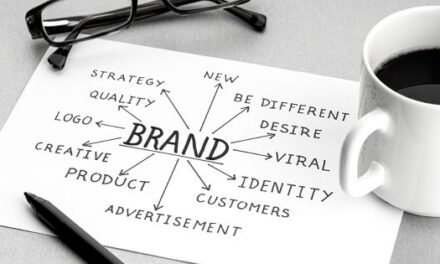Workplace toxicity is a widespread issue that can wreak havoc on employee morale and team dynamics. It is highly likely that you have come face-to-face with toxic behaviours firsthand over the course of your career, whether it affected you or those around you. Workplace toxicity is defined as conduct and communication that transforms your workplace into a hostile and harmful environment.

Before we delve into what workplace toxicity can look like, its impact on teams, and the cost attached to it, let’s focus on why professional individuals abandon respectful principles and become “toxic” in the workplace.
It might be surprising that those who exhibit toxic behaviour in the workplace aren’t always bad people. Workplace toxicity often stems from various factors, and getting to the root of these issues is instrumental in addressing and preventing toxicity. Some common triggers for toxic behaviour include personal troubles, job dissatisfaction, insecurity, emotional intelligence gaps, leadership styles, cutthroat competition, burnout, cultural norms, poor conflict resolution skills, and certain personality traits. It’s a mix of influences that can stir up toxic workplace behaviour.
In my experience as a human performance specialist, I’ve found that it mostly comes down to ignorance and a lack of self-awareness. Leadership is about tackling challenges from the front of the pack and bringing up those around you, not putting undue coercion on them and pulling them down. At the highest level, a lot of people succumb to the pressures assigned to them and find ways to project that pressure onto others.
Toxic behaviour at work can manifest in various forms, ranging from bullying and harassment to micromanagement, undermining, negativity, lack of accountability, and discrimination. These behaviours don’t just harm individuals; they contaminate the entire work atmosphere.
Teams, in particular, bear the brunt of toxic behaviour. The effects on team members are staggering, whether it’s an overall low morale, reduction in productivity, high turnover of staff, or lack of innovation. Toxicity permeates the organisation, transforming norms and values within the team leading to toxic behaviours becoming embraced.
The other effect on team members that is so important to mention is how it can impact their health. The U.S. Surgeon General’s office studied the impact in the Framework for Workplace Mental Health and Well-Being, finding that chronic stress from workplace abuse can lead to depression, heart disease, cancer, and other illnesses. The worst part about a toxic workplace is that it affects people long after they clock off in the evening, it can have serious long-term effects.
Why does workplace toxicity often persist before anyone takes action? Several factors come into play, such as the fear of retaliation. A job is someone’s livelihood. An individual’s success at work has a profound impact on the rest of their life, so when it’s under threat, it can be easy to regress into an unethical and immoral mindset to follow the status quo.
For organisations, ignoring and even encouraging workplace toxicity comes at a hefty cost. An SHRM report shows that toxic cultures cost businesses billions, finding that in the USA, 1 in 5 Americans left a job due to bad culture between 2014 and 2019. Staff turnover isn’t cheap. Reduced employee satisfaction drives away talent. The organisation’s reputation is affected negatively as well. It’s not sustainable to perpetuate a toxic environment because eventually, it does fall apart. Teams fracture and collaboration becomes non-existent.
There’s no one-size-fits-all approach to addressing workplace toxicity. Every toxic environment has a range of different reasons that allow that toxicity to become entrenched and thrive. It’s about looking at the key aspects that make up a healthy organisation.
Is open communication encouraged in your organisation? Can your staff feel safe expressing their feelings towards certain behaviours without fearing reprisal? Does collaboration drive your team forward, help them grow, and allow them to be the best versions of themselves?
It all starts with leadership, setting the tone by modelling positive behaviour and cultivating a work environment that is driven by positive motivation. I’ve always said that celebrating the small wins is something that is absolutely crucial for a healthy environment. Too often, we focus too far ahead on the big-picture goals and forget to acknowledge the smaller achievements and milestones that we reach.
Leadership is also about stopping toxicity in its tracks. Ensuring that there are adequate policies that result in consequences for toxic behaviour sends a clear message that it won’t be tolerated. Discipline and termination for individuals who bring the organisation’s environment into disrepute are not out of the question.
Eradicating toxicity is truly a beautiful thing to witness. I’ve never seen an unsalvageable situation in my career because in the majority of cases, the majority long for a situation where they can be liberated from the toxic cloud that has been hanging over them for way too long. Members of the team start to feel relief, and having shared the experience, they feel a little bit closer than they would have before. Engagement and morale start to level out to a healthy level, and creativity and innovation become prioritised.
In conclusion, workplace toxicity is a destructive force that can undermine an organisation’s success. Addressing and eliminating toxic behaviour is crucial for creating a positive work environment where employees can thrive. It’s critical to take a proactive stance against toxicity and nurture a culture of respect. Those are the key ingredients for organisations to unlock the full potential of each team member and work to achieve goals in the short term and the long term.



















